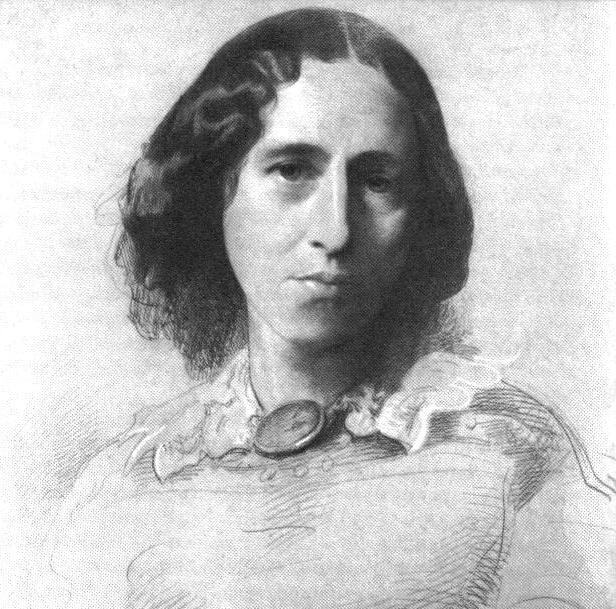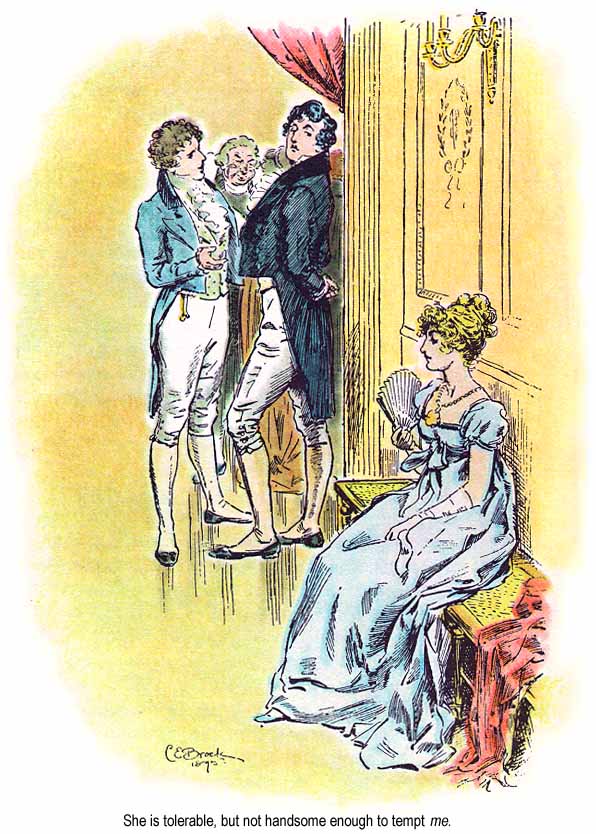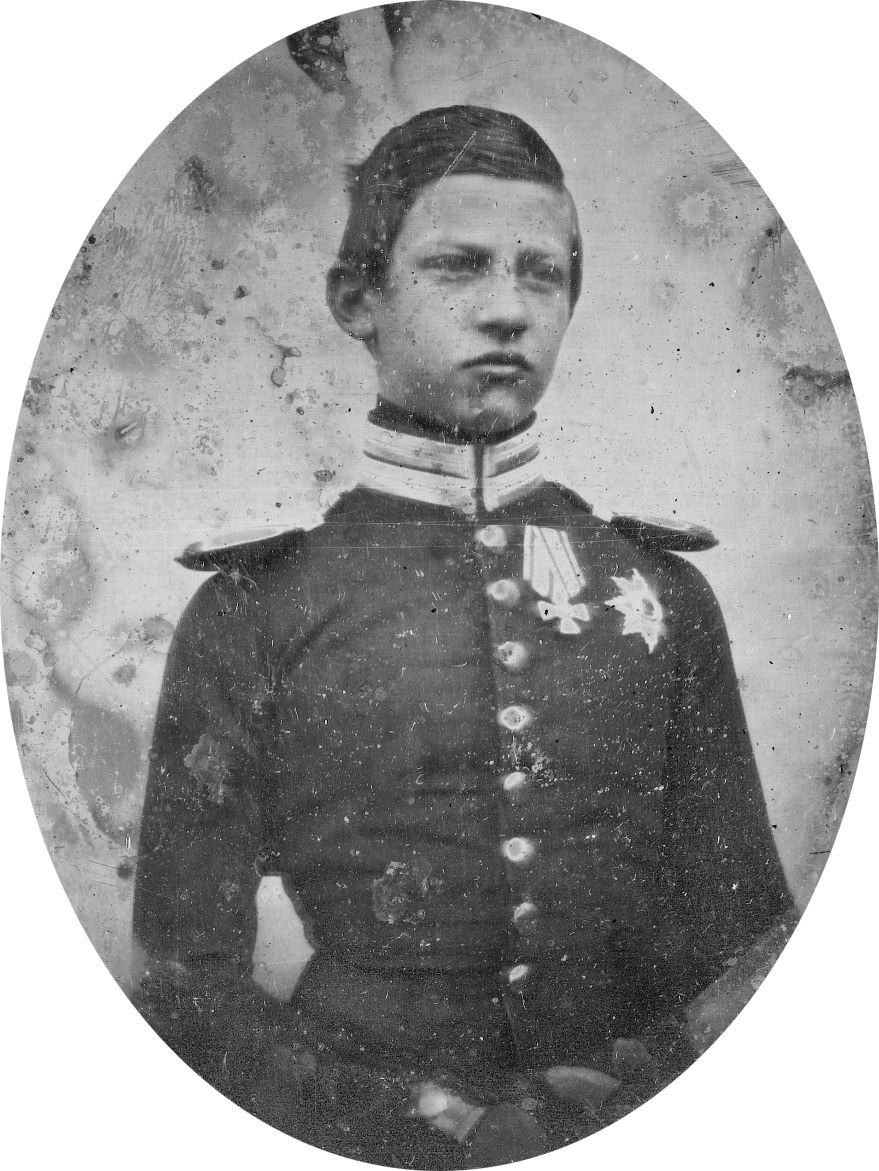|
Jane Spencer, Baroness Churchill
Jane Spencer, Baroness Churchill VA (''née'' Conyngham; 1 June 1826 – 24 December 1900) was an English aristocrat and companion of Queen Victoria. From 1854 to her death, Churchill served as a Lady of the Bedchamber to Victoria; this made her the longest serving member of the queen's personal household. Her role mainly extended to accompanying the queen on her travels and acting as her intermediary in the royal household. Despite her long service, little is known of the details of Lady Churchill's personal life and time serving the queen, for she left no journals or memoirs. Her marriage to Francis Spencer, 2nd Baron Churchill produced one son. Early life and marriage Lady Jane Conyngham was born on 1 June 1826, the eldest daughter of the Earl of Mount Charles (later 2nd Marquess Conyngham) and his wife Lady Jane Paget, daughter of the 1st Marquess of Anglesey. The younger Jane had two brothers and three sisters. On 19 May 1849, Lady Jane Conyngham married Francis Sp ... [...More Info...] [...Related Items...] OR: [Wikipedia] [Google] [Baidu] |
Francis Spencer, 2nd Baron Churchill
Francis George Spencer, 2nd Baron Churchill, (6 October 1802 – 24 November 1886), was a British peer and diplomat from the Spencer family. Early life Spencer was born on 6 October 1802 at Blenheim Palace, Woodstock, Oxfordshire. He was the eldest son of Francis Spencer, 1st Baron Churchill, and Lady Frances FitzRoy. His younger sister, Hon. Caroline Elizabeth Spencer, married Robert Dillon, 3rd Baron Clonbrock, and his brother, Sir Augustus Spencer, married Helen Maria Campbell (daughter of Lt.-Gen. Sir Archibald Campbell, 1st Baronet). His father served as MP for Oxfordshire from 1801 to 1815. His paternal grandparents were George Spencer, 4th Duke of Marlborough, and the former Lady Caroline Russell (a daughter of John Russell, 4th Duke of Bedford, the British Ambassador to France). His maternal grandparents were the former Elizabeth Wrottesley (daughter of Rev. Sir Richard Wrottesley, 7th Baronet, Dean of Worcester) and Augustus FitzRoy, 3rd Duke of Grafton, wh ... [...More Info...] [...Related Items...] OR: [Wikipedia] [Google] [Baidu] |
William IV Of The United Kingdom
William IV (William Henry; 21 August 1765 – 20 June 1837) was King of the United Kingdom of Great Britain and Ireland and King of Hanover from 26 June 1830 until his death in 1837. The third son of George III, William succeeded his elder brother George IV, becoming the last king and penultimate monarch of Britain's House of Hanover. William served in the Royal Navy in his youth, spending time in North America and the Caribbean, and was later nicknamed the "Sailor King". In 1789, he was created Duke of Clarence and St Andrews. In 1827, he was appointed Britain's first Lord High Admiral since 1709. As his two elder brothers died without leaving legitimate issue, he inherited the throne when he was 64 years old. His reign saw several reforms: the Poor Law was updated, child labour restricted, slavery abolished in nearly all of the British Empire, and the electoral system refashioned by the Reform Acts of 1832. Although William did not engage in politics ... [...More Info...] [...Related Items...] OR: [Wikipedia] [Google] [Baidu] |
Regent's Park
Regent's Park (officially The Regent's Park) is one of the Royal Parks of London. It occupies of high ground in north-west Inner London, administratively split between the City of Westminster and the Borough of Camden (and historically between Marylebone and Saint Pancras parishes). In addition to its large central parkland and ornamental lake, it contains various structures and organizations both public and private, generally on its periphery, including Regent's University and London Zoo. What is now Regent's Park came into possession of the Crown upon the dissolution of the monasteries in the 1500s, and was used for hunting and tenant farming. In the 1810s, the Prince Regent proposed turning it into a pleasure garden. The park was designed by John Nash and James and Decimus Burton. Its construction was financed privately by James Burton after the Crown Estate rescinded its pledge to do so, and included development on the periphery of townhouses and expensive terrace ... [...More Info...] [...Related Items...] OR: [Wikipedia] [Google] [Baidu] |
The Mill On The Floss
''The Mill on the Floss'' is a novel by George Eliot, first published in three volumes in 1860 by William Blackwood. The first American edition was published by Harper & Brothers, Publishers, New York. Plot summary Spanning a period of 10 to 15 years, the novel details the lives of Tom and Maggie Tulliver, siblings who grow up at Dorlcote Mill on the River Floss. The mill is at the junction of the River Floss and the more minor River Ripple, near the village of St Ogg's in Lincolnshire, England. Both the rivers and the village are fictional. The novel begins in the late 1820s or early 1830s – several historical references place the events in the book after the Napoleonic Wars but before the Reform Act of 1832. (In chapter 3, the character Mr Riley is described as an "auctioneer and appraiser thirty years ago", placing the opening events of the novel in approximately 1829, thirty years before the novel's composition in 1859. In chapter 8, Mr Tulliver and Mr Deane discuss the ... [...More Info...] [...Related Items...] OR: [Wikipedia] [Google] [Baidu] |
George Eliot
Mary Ann Evans (22 November 1819 – 22 December 1880; alternatively Mary Anne or Marian), known by her pen name George Eliot, was an English novelist, poet, journalist, translator, and one of the leading writers of the Victorian era. She wrote seven novels: '' Adam Bede'' (1859), '' The Mill on the Floss'' (1860), ''Silas Marner'' (1861), '' Romola'' (1862–63), '' Felix Holt, the Radical'' (1866), '' Middlemarch'' (1871–72) and ''Daniel Deronda'' (1876). Like Charles Dickens and Thomas Hardy, she emerged from provincial England; most of her works are set there. Her works are known for their realism, psychological insight, sense of place and detailed depiction of the countryside. ''Middlemarch'' was described by the novelist Virginia Woolf as "one of the few English novels written for grown-up people"Woolf, Virginia. "George Eliot." ''The Common Reader''. New York: Harcourt, Brace, and World, 1925. pp. 166–76. and by Martin Amis and Julian Barnes as the greatest novel ... [...More Info...] [...Related Items...] OR: [Wikipedia] [Google] [Baidu] |
Pride And Prejudice
''Pride and Prejudice'' is an 1813 novel of manners by Jane Austen. The novel follows the character development of Elizabeth Bennet, the dynamic protagonist of the book who learns about the repercussions of hasty judgments and comes to appreciate the difference between superficial goodness and actual goodness. Mr. Bennet, owner of the Longbourn estate in Hertfordshire, has five daughters, but his property is entailed and can only be passed to a male heir. His wife also lacks an inheritance, so his family faces becoming poor upon his death. Thus, it is imperative that at least one of the daughters marries well to support the others, which is a motivation that drives the plot. ''Pride and Prejudice'' has consistently appeared near the top of lists of "most-loved books" among literary scholars and the reading public. It has become one of the most popular novels in English literature, with over 20 million copies sold, and has inspired many derivatives in modern literature. For mor ... [...More Info...] [...Related Items...] OR: [Wikipedia] [Google] [Baidu] |
Jane Austen
Jane Austen (; 16 December 1775 – 18 July 1817) was an English novelist known primarily for her six major novels, which interpret, critique, and comment upon the British landed gentry at the end of the 18th century. Austen's plots often explore the dependence of women on marriage in the pursuit of favourable social standing and economic security. Her works critique the novels of sensibility of the second half of the 18th century and are part of the transition to 19th-century literary realism. Her use of biting irony, along with her realism and social commentary, have earned her acclaim among critics, scholars and readers alike. With the publication of '' Sense and Sensibility'' (1811), ''Pride and Prejudice'' (1813), '' Mansfield Park'' (1814), and ''Emma'' (1816), she achieved modest success but only little fame in her lifetime since the books were published anonymously. She wrote two other novels—'' Northanger Abbey'' and ''Persuasion'', both published posthumou ... [...More Info...] [...Related Items...] OR: [Wikipedia] [Google] [Baidu] |
Grantown-on-Spey
Grantown-on-Spey ( gd, Baile nan Granndach) is a town in the Highland Council Area, historically within the county of Moray. It is located on a low plateau at Freuchie beside the river Spey at the northern edge of the Cairngorm mountains, about south-east of Inverness ( by road). The town was founded in 1765 as a planned settlement and was originally called simply Grantown after Sir James Grant. The addition 'on Spey' was added by the burgh council in 1898. The town has several listed 18th and 19th century buildings, including several large hotels and serves as a regional centre for tourism and services in the Strathspey region. The town is twinned with Notre-Dame-de-Monts in the Vendée, Pays de la Loire, France. History The burgh was founded in 1765 during the early stages of the Industrial Revolution to encourage both agricultural marketing and handicrafts, as well as to increase local land values and to reduce unemployment and emigration. This was part of a wider ef ... [...More Info...] [...Related Items...] OR: [Wikipedia] [Google] [Baidu] |
Balmoral Castle
Balmoral Castle () is a large estate house in Aberdeenshire, Scotland, and a residence of the British royal family. It is near the village of Crathie, west of Ballater and west of Aberdeen. The estate and its original castle were bought from the Farquharson family in 1852 by Prince Albert, the husband of Queen Victoria. Soon afterwards the house was found to be too small and the current Balmoral Castle was commissioned. The architect was William Smith of Aberdeen, and his designs were amended by Prince Albert. Balmoral remains the private property of the monarch and is not part of the Crown Estate. It was the summer residence of Queen Elizabeth II, who died there on 8 September 2022. The castle is an example of Scottish baronial architecture, and is classified by Historic Environment Scotland as a category A listed building. The new castle was completed in 1856 and the old castle demolished shortly thereafter. The Balmoral Estate has been added to by successiv ... [...More Info...] [...Related Items...] OR: [Wikipedia] [Google] [Baidu] |
Kronprinzenpalais
The Kronprinzenpalais (English: ''Crown Prince's Palace'') is a former Royal Prussian residence on Unter den Linden boulevard in the historic centre of Berlin. It was built in 1663 and renovated in 1857 according to plans by Heinrich Strack in Neoclassical style. From 1919 to 1937, it was home to the modern art collection of the National Gallery. Damaged during the Allied bombing in World War II, the Kronprinzenpalais was rebuilt from 1968 to 1970 by Richard Paulick as part of the Forum Fridericianum. In 1990, the German Reunification Treaty was signed in the listed building. Since then, it has been used for events and exhibitions. Earliest uses Johann Arnold Nering created the building in 1663–69 as the private residence of Cabinet Secretary Johann Martitz, converting an existing middle-class house.Hans Reuther, ''Barock in Berlin: Meister und Werke der Berliner Baukunst 1640-1786'', Berlin: Rembrandt, 1969, p. 129 From 1706 to 1732, it was the official residence of the ... [...More Info...] [...Related Items...] OR: [Wikipedia] [Google] [Baidu] |
Helen Rappaport
Helen F. Rappaport (née Ware; born June 1947), is a British author and former actress. She specialises in the Victorian era and revolutionary Russia. Early life and education Rappaport was born Helen Ware in Bromley, grew up near the River Medway in North Kent and attended Chatham Grammar School for Girls. Her older brother Mike Ware, born 1939, is a photographer, chemist, and writer. She has twin younger brothers, Peter (also a photographer) and Christopher, born in 1953. She studied Russian at Leeds University where she was involved in the university Theatre Group and launched her acting career. Career Acting After acting with the Leeds University Theatre Group she appeared in several television series including ''Crown Court'', '' Love Hurts'' and ''The Bill''. She later claimed to have spent '20 years in the doldrums as an out of work, broke and miserable actress'... Writing In the early nineties she became a copy editor for academic publishers Blackwell and OUP and ... [...More Info...] [...Related Items...] OR: [Wikipedia] [Google] [Baidu] |
Frederick III, German Emperor
Frederick III (german: Friedrich Wilhelm Nikolaus Karl; 18 October 1831 – 15 June 1888), or Friedrich III, was German Emperor and King of Prussia for 99 days between March and June 1888, during the Year of the Three Emperors. Known informally as "Fritz",MacDonogh, p. 17. he was the only son of Emperor Wilhelm I and was raised in his family's tradition of military service. Although celebrated as a young man for his leadership and successes during the Second Schleswig, Austro-Prussian and Franco-Prussian wars,Kollander, p. 79.''The Illustrated London News'' he nevertheless professed a hatred of warfare and was praised by friends and enemies alike for his humane conduct. Following the unification of Germany in 1871 his father, then King of Prussia, became the German Emperor. Upon Wilhelm's death at the age of ninety on 9 March 1888, the thrones passed to Frederick, who had been German Crown Prince for seventeen years and Crown Prince of Prussia for twenty-seven years. Fre ... [...More Info...] [...Related Items...] OR: [Wikipedia] [Google] [Baidu] |

%2C_Darmstadt_1862.jpg)










